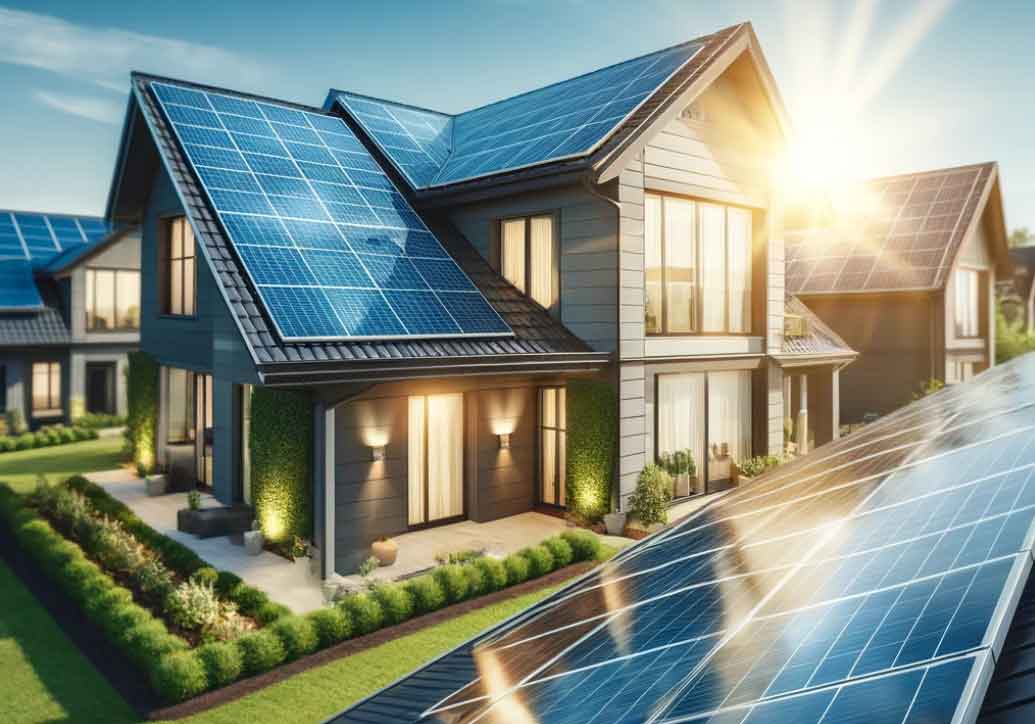
Innovating in solar panels for home use is an exciting and evolving field. Here are some key trends and innovative features that you might consider when looking at solar panels for your home:
- Higher Efficiency Panels: Modern solar panels for your home are more efficient than ever, meaning they can convert more sunlight into electricity. Look for panels with high efficiency ratings to get the most energy out of your available space.
- Bifacial Solar Panels: These panels are capable of capturing sunlight from both sides, increasing their energy production. They are especially useful if you have a reflective surface on your roof or are installing ground-mounted solar panels for your home.
- Integrated Solar Roof Tiles: Instead of mounting panels on top of your existing roof, solar roof tiles replace your shingles. Companies like Tesla are known for these, which offer a more aesthetically pleasing look while also generating power.
- Thin-Film Solar Panels for your home: These are lighter and more flexible than traditional panels. They can be especially useful for roofs that can’t support heavy loads or for unique installation areas.
- Smart Solar Systems: Advanced panels for your home now often come with smart features, such as apps that track energy production and consumption in real-time, and even adjust to maximize efficiency.
- Battery Storage Integration: Home panels for your home increasingly come with integrated battery storage, allowing you to store excess energy for use at night or during power outages.
- Transparent Solar Panels: An emerging technology, these panels are designed to be integrated into windows and other surfaces, capturing solar energy without obstructing the view.
- Community Solar Projects: If installing solar panels for your home isn’t feasible, you can invest in a community solar project, which allows multiple people to benefit from a single, shared solar system.
Each of these innovations comes with its own set of considerations like cost, feasibility, aesthetic impact, and return on investment. It’s important to do a thorough analysis of your specific situation and consult with a professional to understand which option would work best for your home and energy needs.
